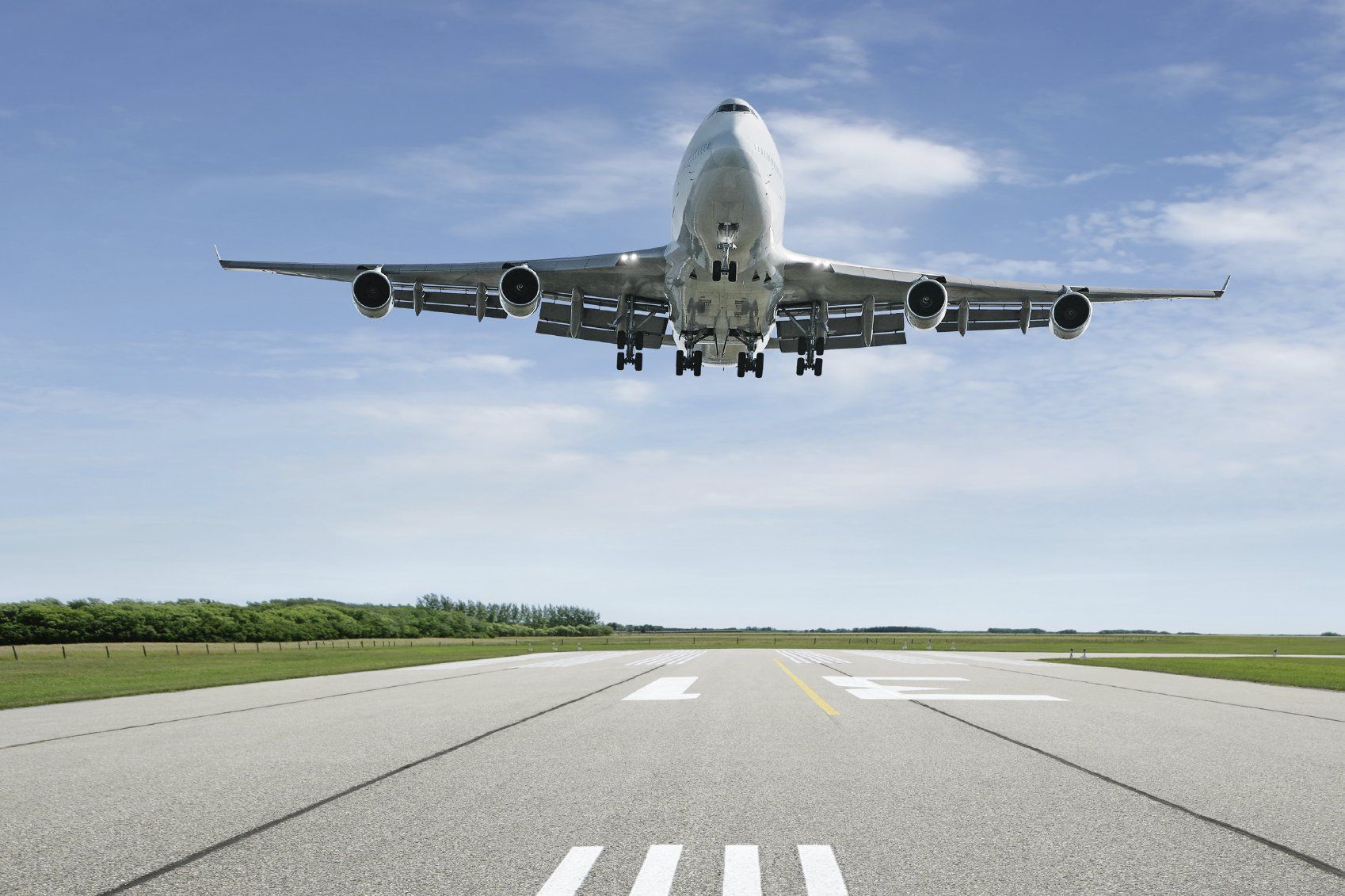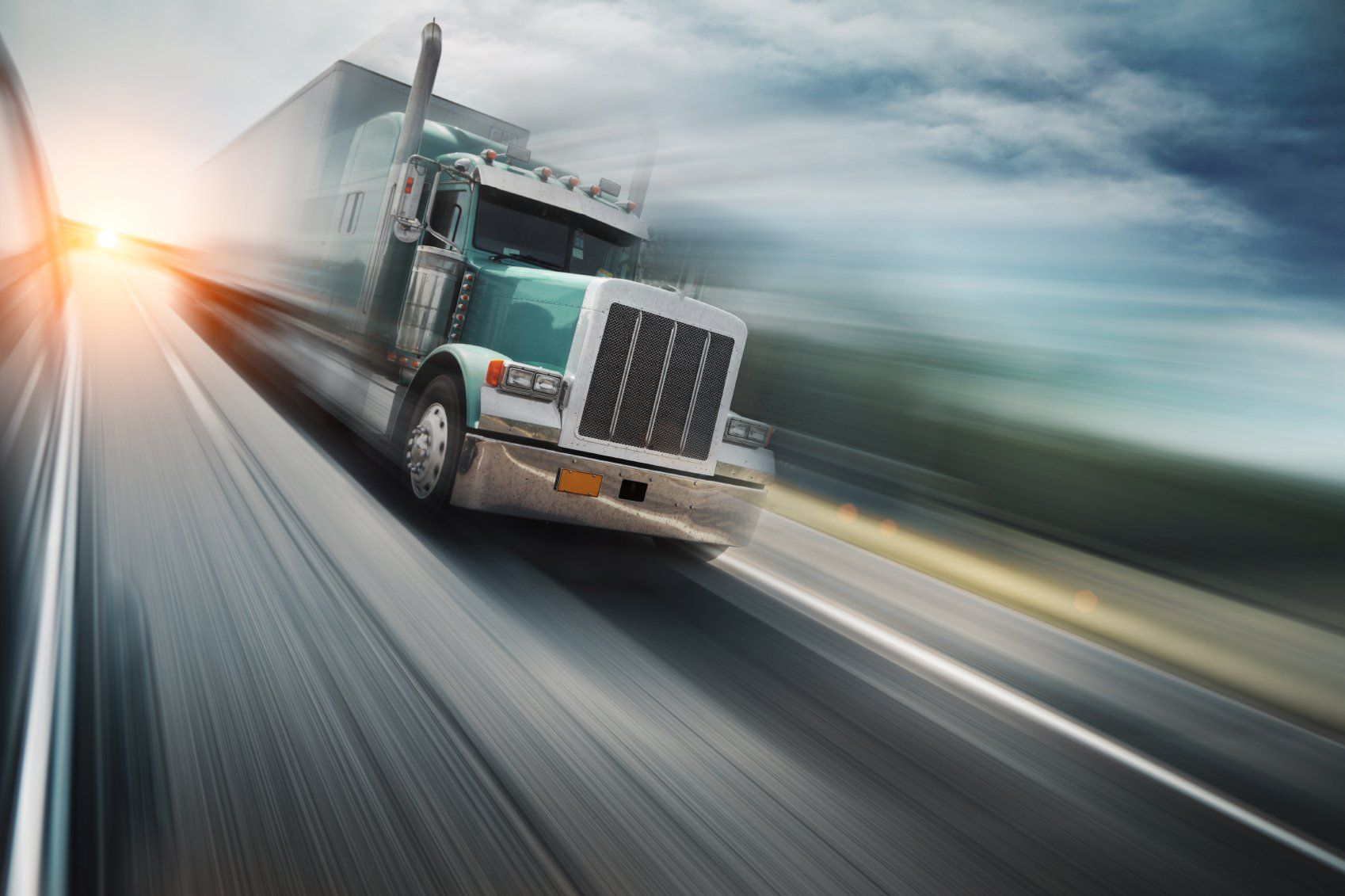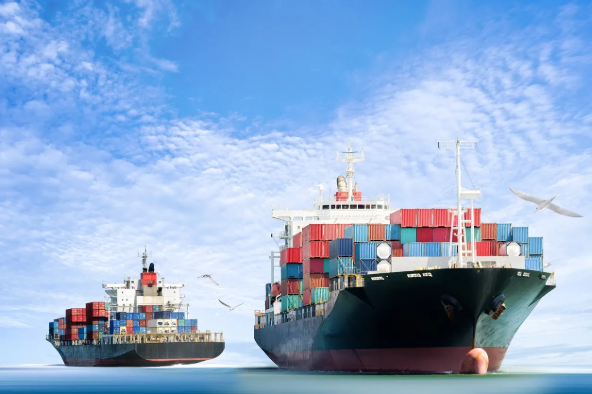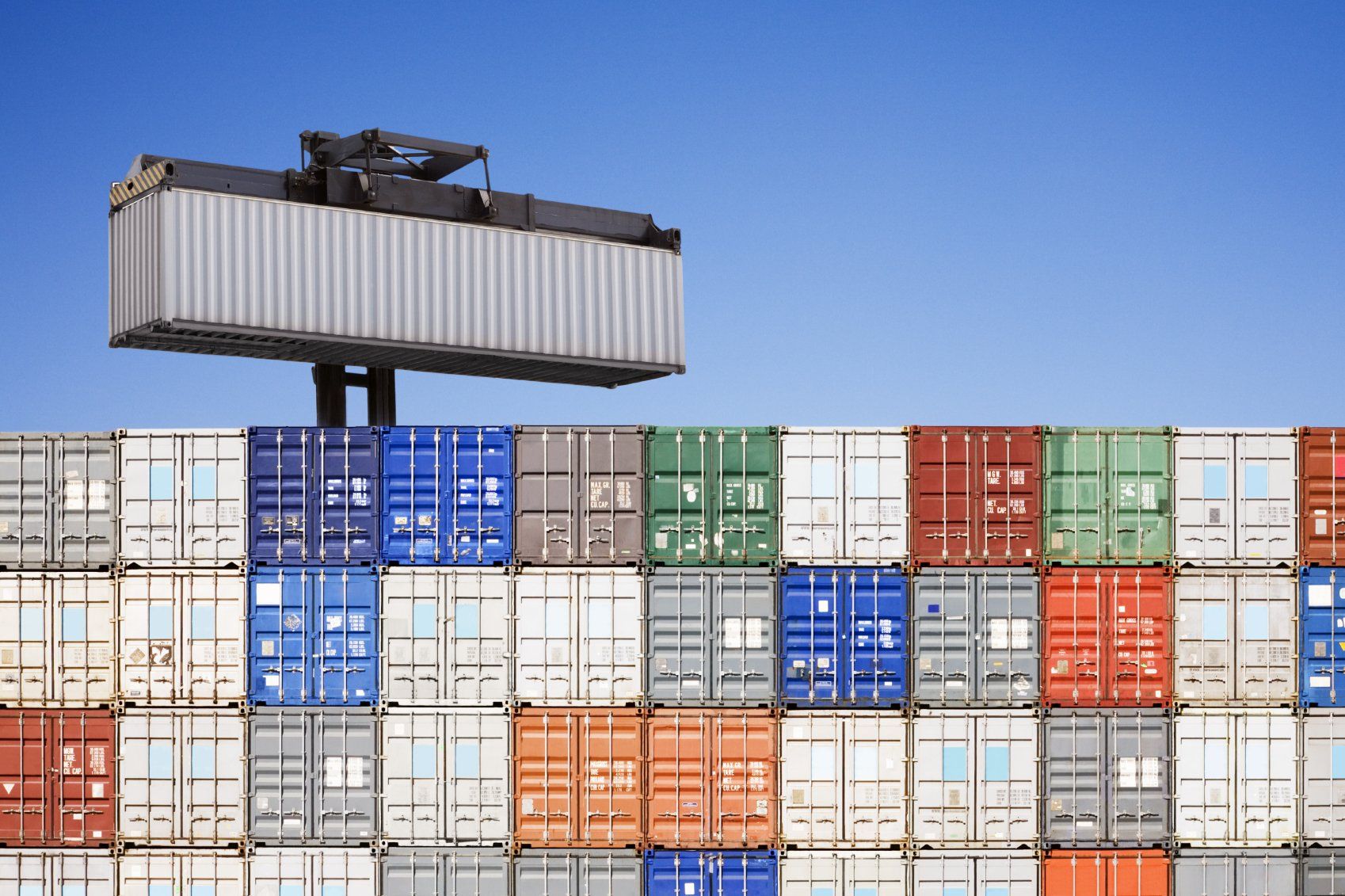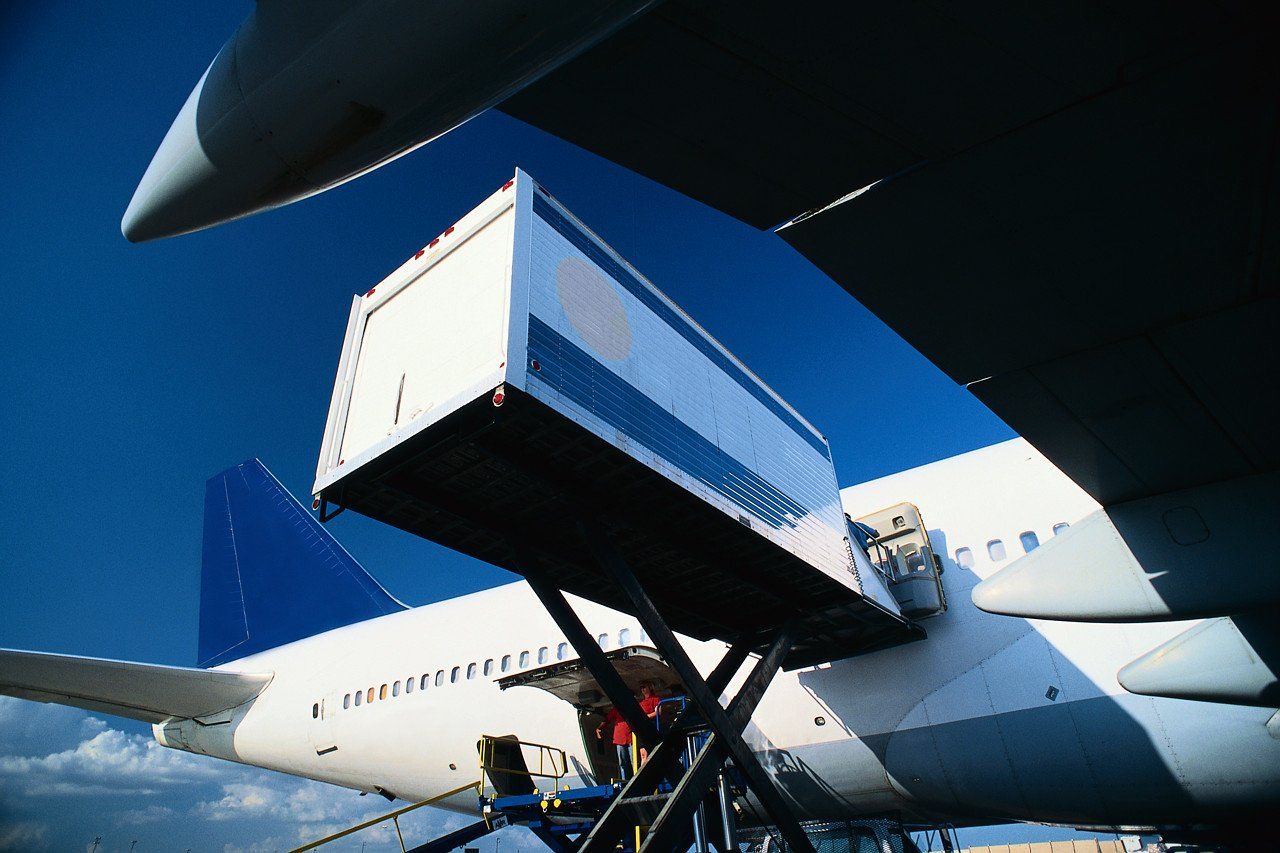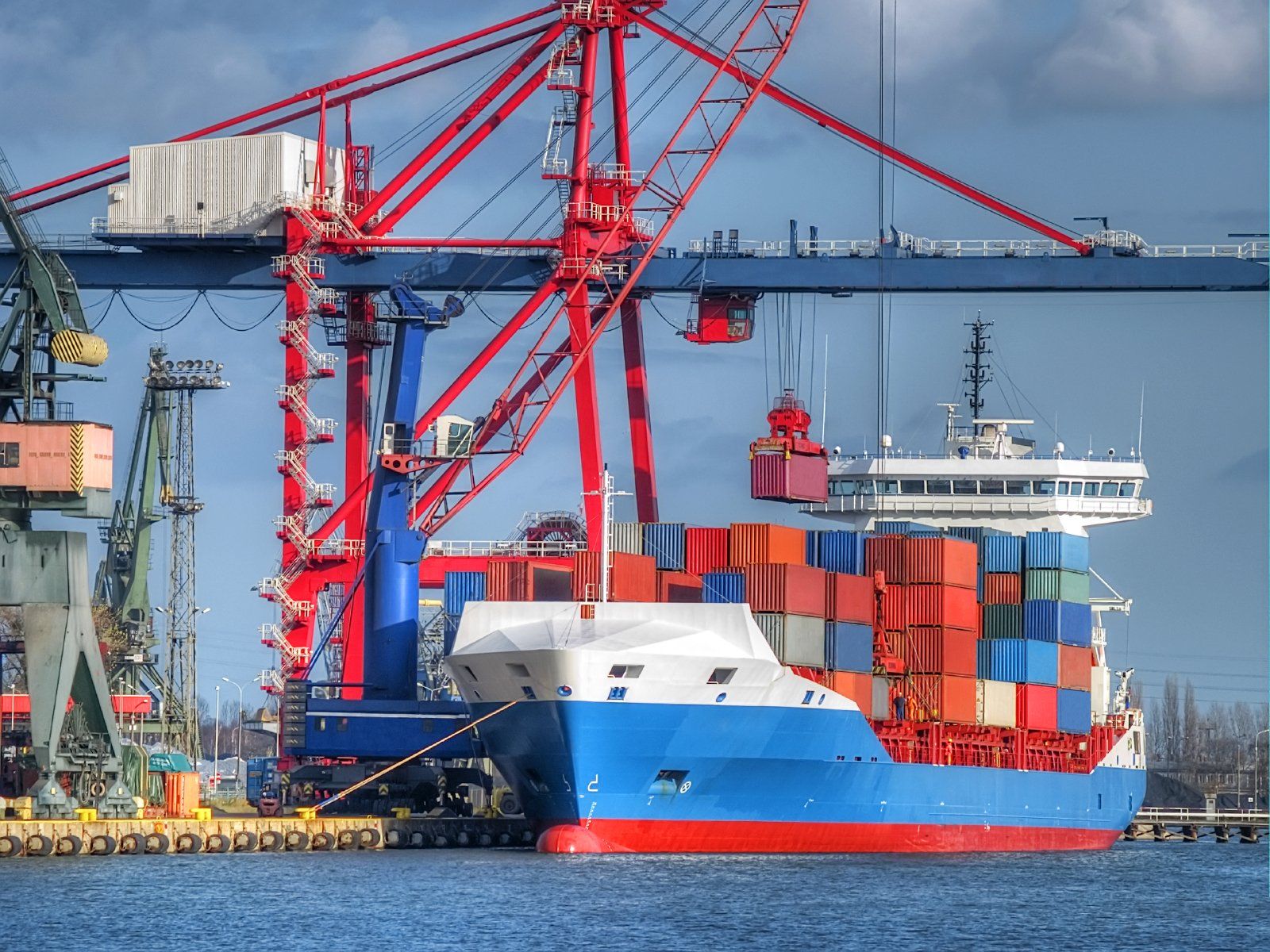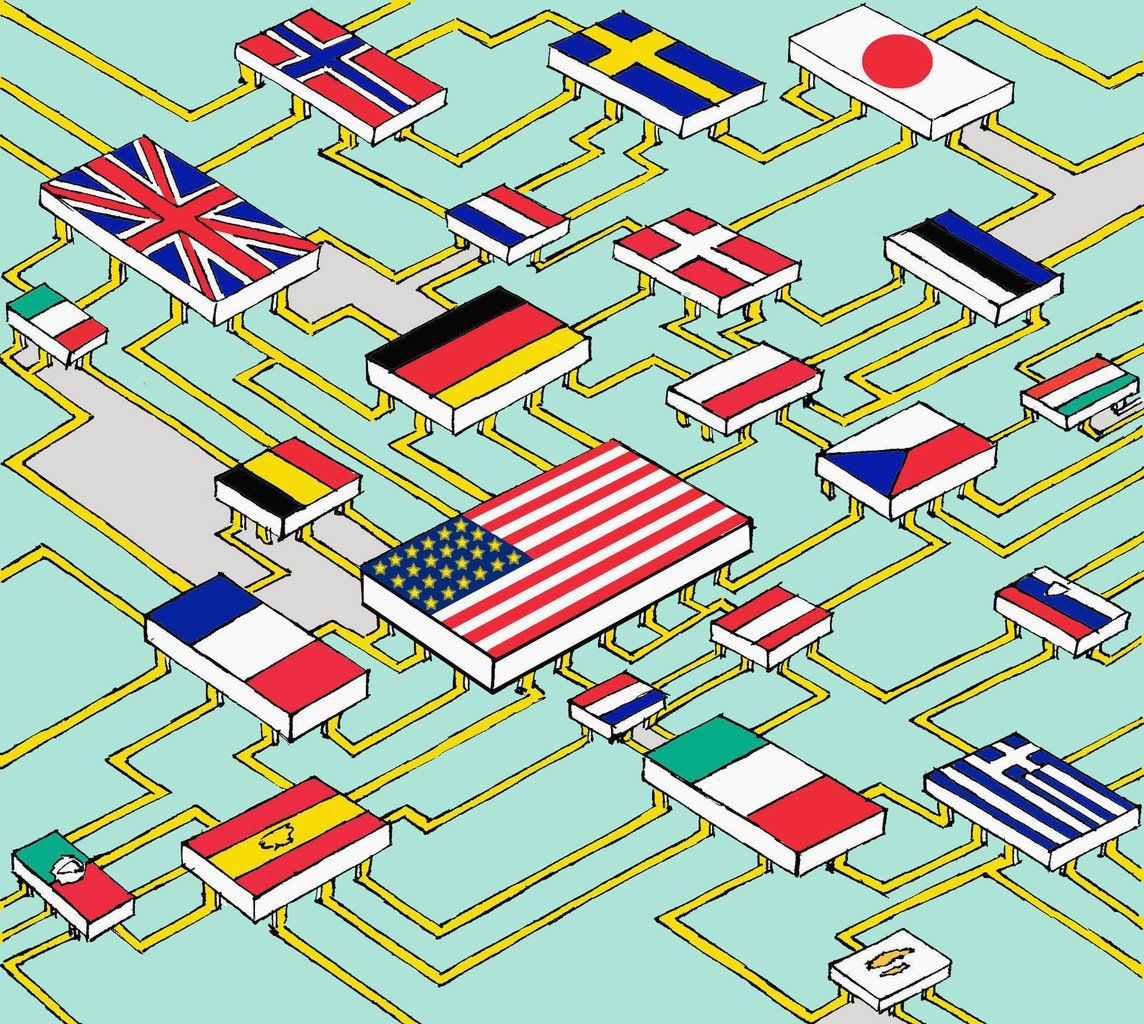Building resilience is key to securing future supply chains
17 July 2020
How we can build a new future based on resilience?

As the initial jolt of the global pandemic subsides and businesses begin to analyse how they coped with economic shocks created by Covid-19, Maersk Line believes now is the time to plan for the future.
In a wide-ranging interview conducted by Bloomberg, AP Møller-Maersk’s CEO of ocean and logistics Vincent Clerc, says that whether we like it or not another global shock will come and the key is to prepare for these events adequately to make certain that business are ready, not just for the initial shock but to reopen when the crisis has eased.
“The events of 2020 have served as a stark reminder that while today’s global supply chain brings vast benefits, such interconnectivity is not without risk. When we look at the supply chain holistically, disruptions at a national or regional level are no longer isolated events,” said Clerc.
According to Clerc there will be another global event, “whether we like it or not,” and to cope with future events preparation is key. The Maersk CEO offers customers a list of nine “top tips” that will help shippers plan for future pandemics.
According to the Maersk pandemic playbook the nine key elements in the preparation for future supply chain disruption is to establish a core planning team at a senior level; take a holistic approach in the appraisal of supply chains; visibility is logistics chain is key and each element in the process must be a credible source of information; supply chain integration will increase visibility; consider multi-sourcing key elements of your supplies such as parts, raw material or finished goods; transparent supply that allows for the identification of possible risks; enforce best practices allowing your company to monitor risk; enact regular simulations and response practice runs; and evaluate supply chain relationships through audits to assist suppliers to reduce logistical risks.
Currently, the supply chain is functioning, with ships moving and intermodal transport continuing, but other disruptions such as labour shortages due to quarantine measures may lead to congestion, explained Clerc.
To alleviate port bottlenecks Clerc urges cargo owners to “minimise port stays as much as possible,” to help maintain the flow of cargo through container terminals and other parts of the supply chain.
“This has probably been the highest period of change since the invention of the container. The resilience we have been able to show in the first part of the crisis, I think, is a tribute to the quality of the organisation, and also builds a lot of confidence in the ability that we will have to continue to meet challenges, now and in the future,” concluded Clerc.


















